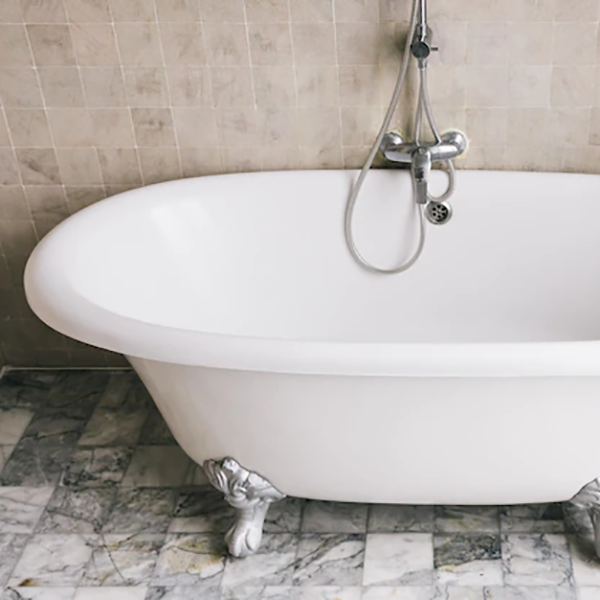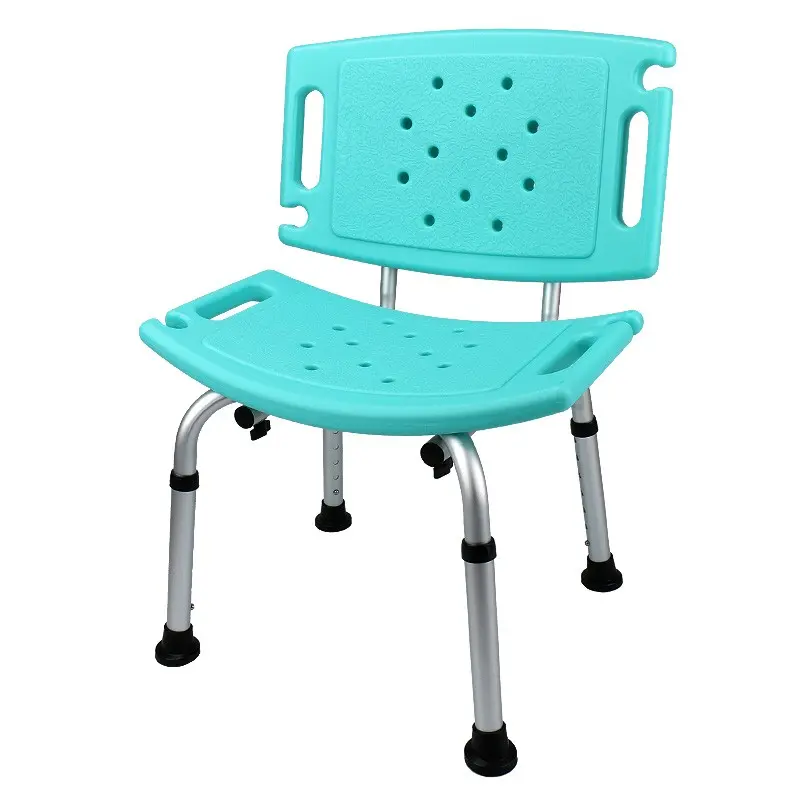Shower chairs are often used by people who need assistance or support while showering. These chairs are designed to provide comfort, stability and safety, especially for the elderly or those with limited mobility. However, a common concern among users is whether the shower chair will get moldy. Mold growth can be a serious health hazard, so knowing how to prevent and treat shower chair mold is critical.
Mold is a type of fungus that thrives in moist environments. Bathrooms (including showers) are known to be the perfect breeding ground for mold and mildew due to high humidity. While shower chairs are usually made of moisture-resistant materials like plastic or metal, the surface can still develop mold if not properly maintained.
To prevent mold on your shower chair, it’s important to follow a regular cleaning routine. After each use, rinse the chair thoroughly with warm water to remove soap residue or body oils. Clean the chairs with a mild cleaner or detergent formulated for bathrooms. Pay special attention to crevices and seams where mold tends to accumulate. Gently scrub the chair with a soft-bristled brush or sponge to remove dirt or grime. Rinse the chair thoroughly and allow it to air dry completely before using it again.
In addition to regular cleaning, it is recommended to sanitize your shower chair regularly to further prevent mold growth. There are a variety of sanitizers on the market that are specifically designed for bathroom surfaces. Follow the manufacturer’s instructions to ensure effective disinfection. It is important to note that some sanitizers may be corrosive to certain materials, so be sure to check compatibility with the chair material before use.
It is worth mentioning that when it comes to mold growth, prevention is key. After each shower, make sure the bathroom is adequately ventilated to reduce humidity. Open windows or turn on exhaust fans to allow fresh air to circulate. If possible, remove the chair from the shower when not in use to minimize the chance of mold growth.
If a spot develops on your shower chair, it’s important to act immediately to prevent it from spreading. Mix equal parts water and white vinegar into a solution and apply to the affected area with a sponge or cloth. Vinegar is known for its natural disinfecting properties, which can effectively kill mold. Gently scrub the moldy area and rinse the chair thoroughly. Make sure the chair is completely dry before using it again.
Regular maintenance and proper cleaning techniques can significantly reduce the chance of mold growth on your shower chair. By following these tips, you can ensure a safe and hygienic shower experience for yourself or your loved ones. Remember that mold can be a health hazard, so it’s important to be proactive in preventing mold growth on your shower chair.
Post time: Aug-04-2023







